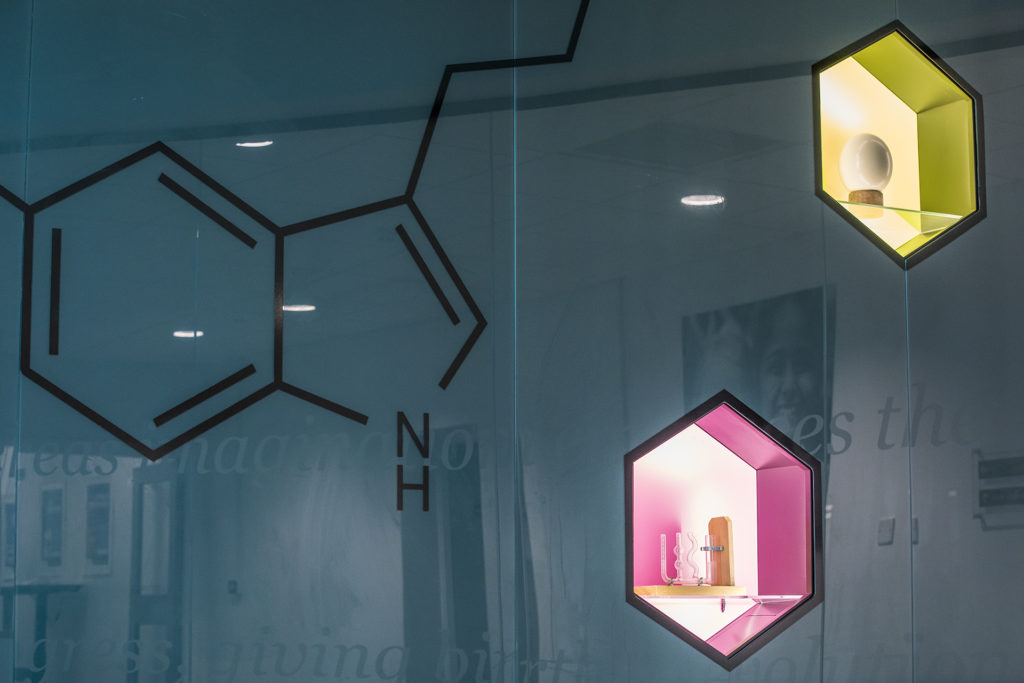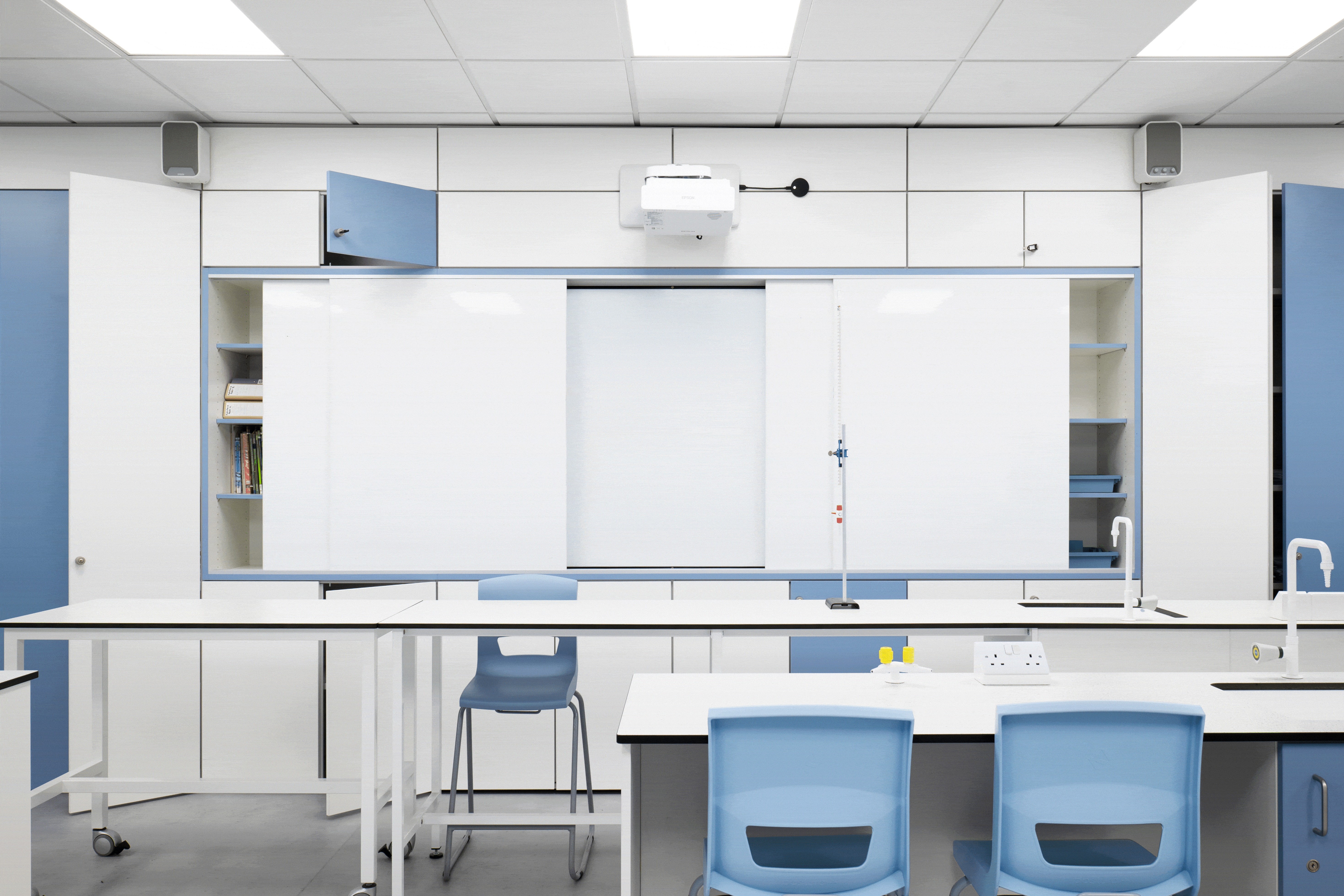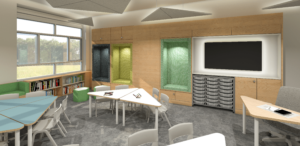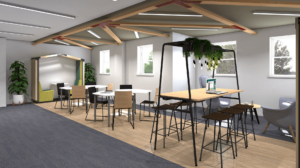The cleanliness of a school relies on everyone working together to create a hygienic yet functional workplace. And it’s a consideration that must be deliberated even in the planning stage of a school building. Flexibility, functionality and integration are all key requirements for a renovation project, but the ability to keep a space clean and germ-free must be at the forefront of the design process, especially in today’s challenging times.
Keeping a school ship-shape and shiny is sometimes considered to be the sole responsibility of the cleaning team. These often unseen members of the community sneak into school under the cover of darkness, returning cleanliness and order to the classrooms and communal spaces, only for them to be subjected to further heavy use the following day. But however effective your cleaning staff, they cannot help to reduce the spread of bacteria and microbes during school hours. Cleaners can disinfect a surface ready for the next day, but how can we protect the spread of germs whilst the children are occupying the building? It only takes one unwell pupil to come into school in the morning, and they then spend the rest of the day liberally spreading their germs on every surface they come into contact with.
You might think that this is an occupational hazard. And that working with children comes with a heightening risk of being exposed to seasonal germs and illnesses. Teachers will often claim that their immune systems are amongst the strongest around, due largely to the constant exposure to colds, flu, and viruses. There is an element of truth to this and building immunity is certainly one way of protecting against regular sickness. But there are some germs that we don’t want to catch. Certain viruses we want to steer well clear of. Whilst ensuring a rigorous cleaning routine guarantees a certain level of protection, there are other things we can be doing to protect staff and pupils throughout the school day. We take a look at three fantastic hygiene products for schools that help to keep the whole community fit and healthy.
ANTiBAC White General Light
Bacteria’s and viruses can only survive in certain conditions. And one way to limit their spread is to make the environment as in hospitable as possible for the unwanted germs. In certain situations, this is easy, for example making an area either very hot or very cold. But for obvious reasons, this isn’t a particularly viable option for a school.
So how can we deter microbes? Are there any other methods we can employ to limit the spread of bacteria?
Fortunately, yes. The ANTiBAC white light has an LED Tailor photon disinfection system. It certainly sounds impressive, and even better, the claims are real. The pure white light emitted from ANTiBAC lighting systems actually restricts the growth of harmful microbes. Designed to replace existing fluorescent lighting products, these LED tubes can be slotted into the existing fittings without any need for modification.
And the benefits don’t stop there. As well as using 50% less energy than standard fluorescent tubes, the white glow beaming out from the internal LEDs has more in common with daylight than standard artificial light. As a result, sitting under these lights is accompanied by the following benefits:
Counteracting tiredness (due to a reduction in melatonin production)
Improved cognitive performance
Increased reaction speed.
Enhanced working memory
A more stable emotion state
All from just changing the lighting tubes in your classrooms.
Antimicrobial Wall Cladding and Surface Covering
A further product range that can be used to help prevent the spread of bacteria is wall cladding, surface covering and wall art produced with a robust antimicrobial finish. Despite being highly functional they are also aesthetically pleasing and can be installed without compromising the design aspect of the space. A range of products for every possible setting and requirement is available. Providing extraordinary strength and resistance to impact, moisture and chemicals ensures a low-maintenance and antibacterial hygienic surface.
Antimicrobial Fabrics
Fabrics, especially those in schools, have always seemed to present a breeding ground for germs. Children clambering over seats, sofas and surfaces doesn’t necessarily lend itself to practices of good hygiene. Often, school designers avoid soft, fabric-based finishes altogether. This is a shame on a number of levels. Firstly, fabrics items of furniture are much more comfortable than the alternative options. Children like the aesthetic feel of different materials, and for certain children in particular, soft furnishings can soothe and provide comfort. Secondly, they look better. Having a range of vibrant and interesting fabrics in a school setting can provide a much-needed injection of colour. So how can we ensure our schools are pleasant places to be, yet maintain a crucial level of hygiene? One of our suppliers have broached that exact conundrum. Releasing a range of fabrics known as the Halcyon Collective, each fresh and innovative performance fabric is engineered for areas that require extra protection. Containing Camira TriOnyz, a soft effect finish which ensures the material has anti-microbial properties, furniture covered in this material will limit the spread of bacteria, viruses, and unwanted germs.Pushing hygiene and well-being to the forefront of the design process doesn’t need to result in a compromise



